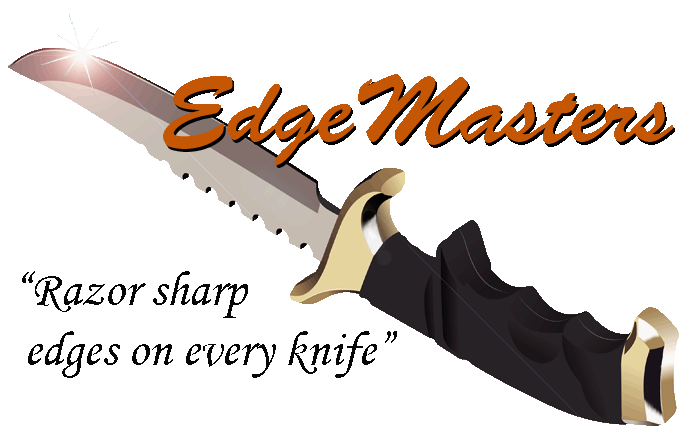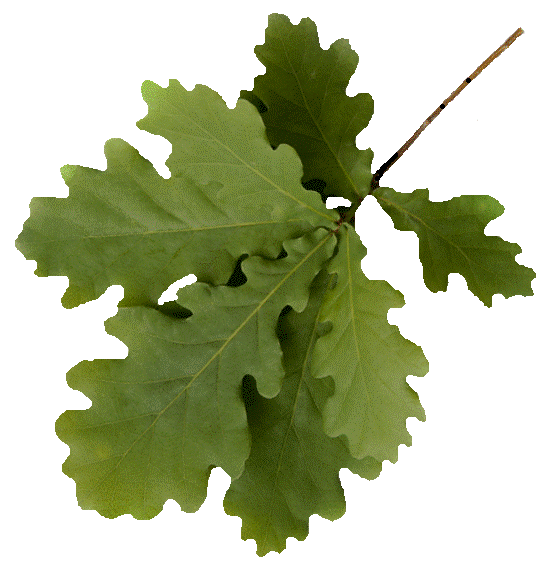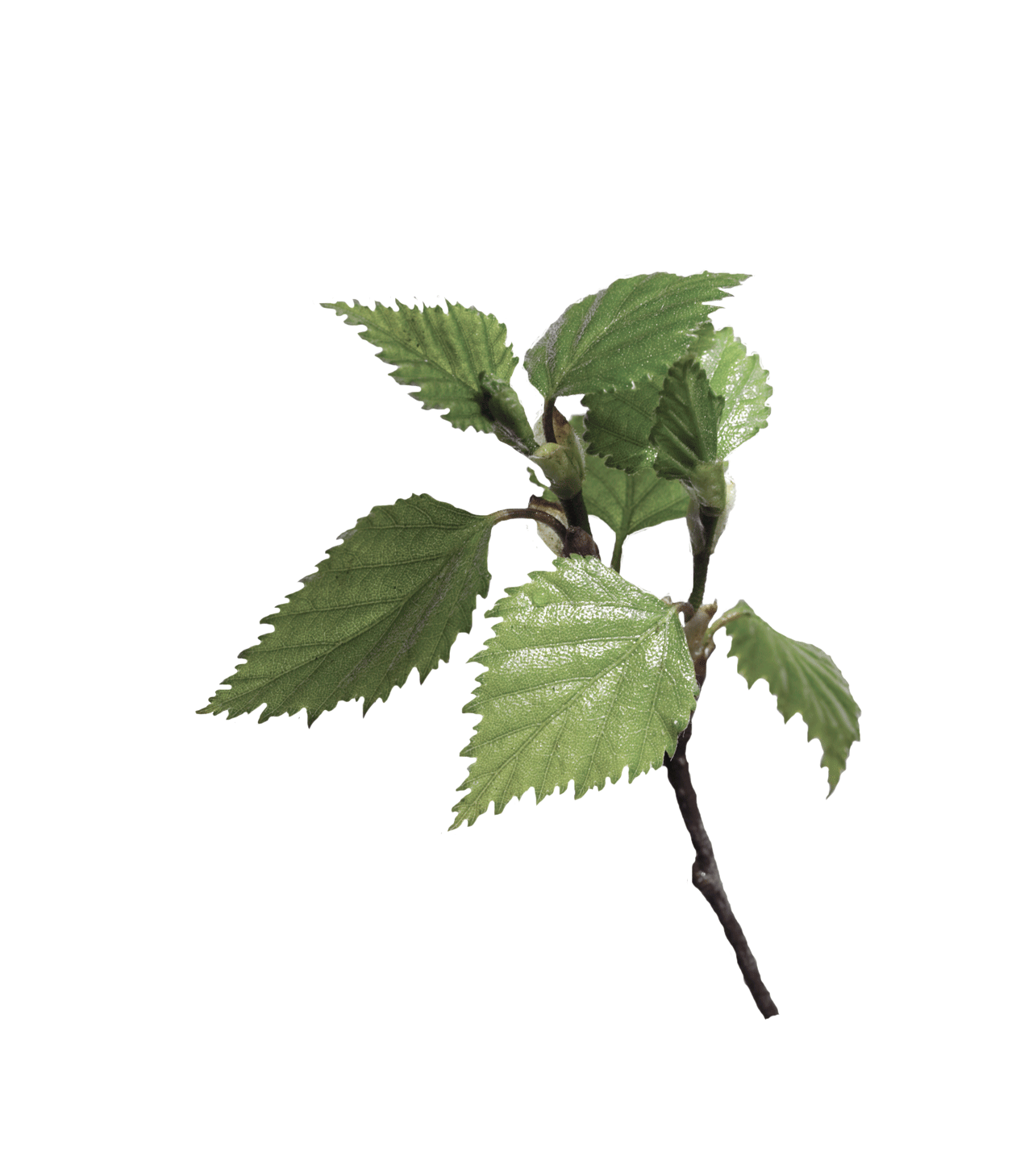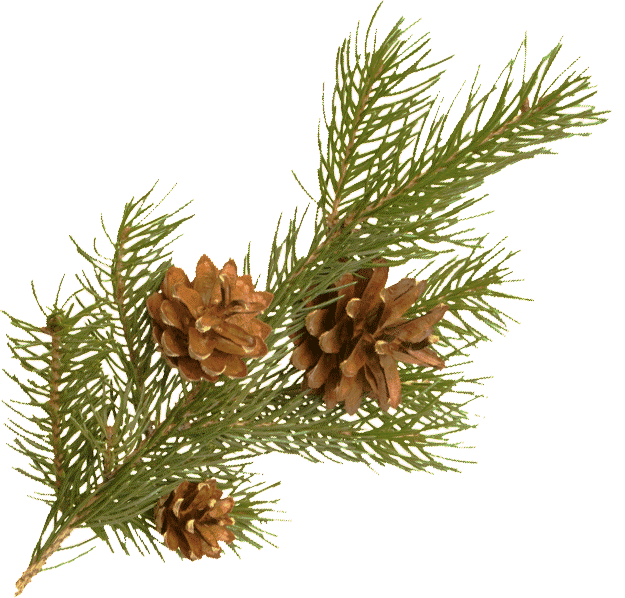EdgeMasters - Knife Sharpening
Proverbs 27:17 "As iron sharpens iron, so one man sharpens another."
Knife Sharpening
Knife sharpening is the process of creating a sharp edge on a knife. There are two schools of knife sharpening - those who like a knife to keep some roughness from the stone and those who believe that it should be as smooth as possible. Both approaches have their benefits.
Clamp-style sharpening tools use a clamp with several holes with pre-defined angles. Another system is the crock stick setup. Honing stones are available in coarse and fine grits. They can be described as hard or soft based on whether the grit comes free of the stone with use. Ceramic hones are also common, especially for fine grit size. Before you use it, soak it in water, and then flush it with water occasionally to expose new stone material to the knife blade. The abraded stone mixture and of water and knife material is called slurry. This can also assist with the polishing of the knife edge and help sharpen the blade. Generally, these are more costly than oilstones. Coated hones are also available. They sometimes have an abrasive on a base of plastic or metal.
The hardest naturally occurring substance known is the diamond. It is capable of sharpening almost any material. Another sharpening tool is the honing steel. Stropping a knife is the finishing step. This is the one that creates the ultra sharp edge. To maintain that edge a sharpening steel is used.
Knife sharpening is achieved by grinding the blade against a hard rough surface. The surface being stone, or a soft surface with hard particles, for finer sharpening, a leather or strop, is often used. The smaller the angle between the blade and stone, the sharper the knife will be, Very sharp knives sharpen at about 10 degrees (which implies that the knife's edge is a 20-degree angle). Typical knives are sharpened at 15 degrees. Knives that require a tough edge (such as those that chop) sharpen at 20 degrees or more. For an extremely durable edge, blades can be sharpened to 30 degrees. In general, but not always, the harder the material to be cut the higher the angle of the
edge. The composition of the stone affects the sharpness of the blade (finer grain produces sharper blades), as does the composition of the blade (some metals take and keep an edge better than others).
Professional Knife Sharpening
719-475-8553








